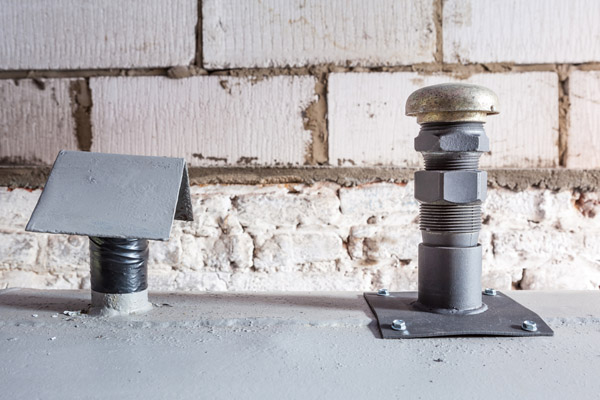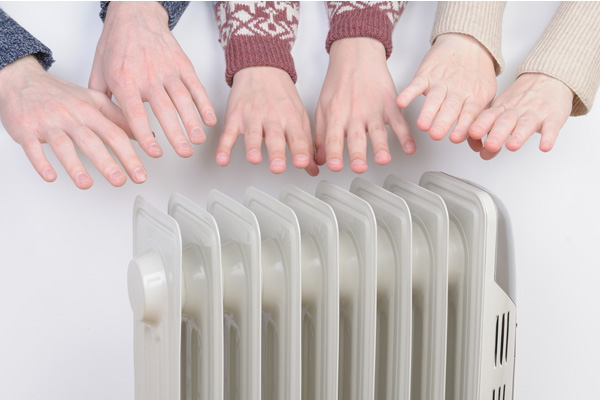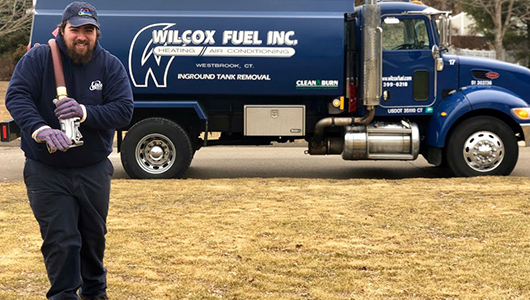Contents

Over 6 million homes in the U.S. rely on heating oil as their fuel source for home heating and domestic hot water. But as much as heating oil tanks are built tough and made to last for a significant amount of time, nothing lasts forever:
- Your tank can show signs of wear and tear
- It is simply too old
- It can no longer meet your heating needs
When any of the three happens, you will need to replace it with a brand new one.
So, if you are a homeowner that uses an oil heating system and you are due for an oil tank replacement, it’s important to think about your heating oil tank size. This is because the tank’s capacity is what will determine how big of a space your tank can heat and for how long.
In this article, we discuss a quick overview of some important aspects to consider when choosing your oil tank size. Let’s dive in…
Fuel Oil Tank Size Options

Before you start shopping for a new heating oil tank, first check what fuel oil tank size you currently have. This will help you decide what tank size you’ll need – whether you’ll have to go for something bigger, and what sized models are available.
When looking at heating oil tank sizes, the are two sets of numbers that you need to pay important attention to:
- The tank’s capacity in gallons
- The tank’s dimensions – height, width, and depth
If you are replacing a newer tank, the capacity is already written on its nameplate. But if you have an older tank that does not have a capacity label on it, you will need to estimate its capacity based on the tank’s dimensions.
Here’s a simple guide that you can use in estimating the tank capacity through its dimensions:
Standard residential oil tanks above the ground, such as in your yard or basement, have a capacity of 275 gallons. They can come in horizontal or vertical orientation and have a standard dimension of 44 inches in height, 60 inches in width, and 27 inches deep.
Of course, heating oil tanks come in various sizes; depending on the size, a tank’s capacity can range from 288-675+ gallons. So, you can refer to the standard heating oil tank sizing to determine the size of your current oil tanks.
If you’re looking for an oil tank designed for below ground, you can expect them to be considerably larger than tanks designed above ground.
Deciding The Oil Tank Size That Is Right For Your Home
Next, you need to think about the right oil tank size for your home.
A general measure for this is that a two-bedroom home would usually require 275 gallons of heating oil tank. In contrast, a three to four-bedroom house would need between 300 to 500 gallons tank capacity.
If your home is larger, you just need to multiply these estimates based on the number of rooms you have.
Naturally, there are other more factors, such as if your home can really accommodate a larger tank size with a bigger capacity. Another factor is if either you’d want to place the tank outside your home or inside, which would influence your sizing decision.
Consider Your Fuel Oil Consumption Habits

You should also think about your consumption habits.
For example, if your family is likely to expand in the future, you may need to account for extra capacity before new family members arrive. If you’re retiring soon or you have older household members, then your oil consumption would likely increase, which means you’d need a larger tank size than before.
Aside from these two situations, you should also consider emergency situations.
If you’re in an area that experiences extremely bad weather, it may lead to delayed heating oil deliveries. To take the necessary precautions, you need to make sure that you have at least 30% of extra oil that you can use. Never let yourself just have enough, as emergencies like this can happen.
Use A Professional For The Oil Tank Installation

Once you’ve considered the factors above and have a general idea about the right oil tank size that matches your needs, make sure that you consult with a certified heating oil tank provider. They have the experience to understand what is the best oil tank size to meet your needs as well as perform the installation. They can surely carry out the installation process safely and professionally.
Expert heating oil tank installers will ensure that your fuel tank location is in an ideal spot, meaning it’s easily accessible and is properly secured. This is very important as it helps prevent any issues from occurring.
Another job professional oil tank installers do to ensure your safety is checking that your tank is not subject to any hazards caused by drops in temperature, as this can result in the freezing of your heating oil system.
In other words, professional oil tank installation companies, like Wilcox Energy, will always take all risks into account by following the required industry-standard protocols.
Call Wilcox Energy For Reliable Heating Oil Tank Installations

For top-notch service and competitive prices on your heating oil and oil tank installations, contact Wilcox Energy as soon as possible.
We offer a broad range of financing options and delivery plans, which allow you to customize your oil deliveries to meet your specific needs. In addition, we perform heating system repairs and maintenance for the purpose of enhancing the overall efficiency and functionality of all your home heating equipment. Be sure to check out our TankSure® program, an oil tank protection plan to protect your investment. Contact Wilcox Energy for all of your residential heating needs.
For more information about our heating oil deliveries, oil tank installations, or HVAC services, be sure to contact Wilcox Energy. You can click here to contact us or call us at (860) 399-6218. Call now!
